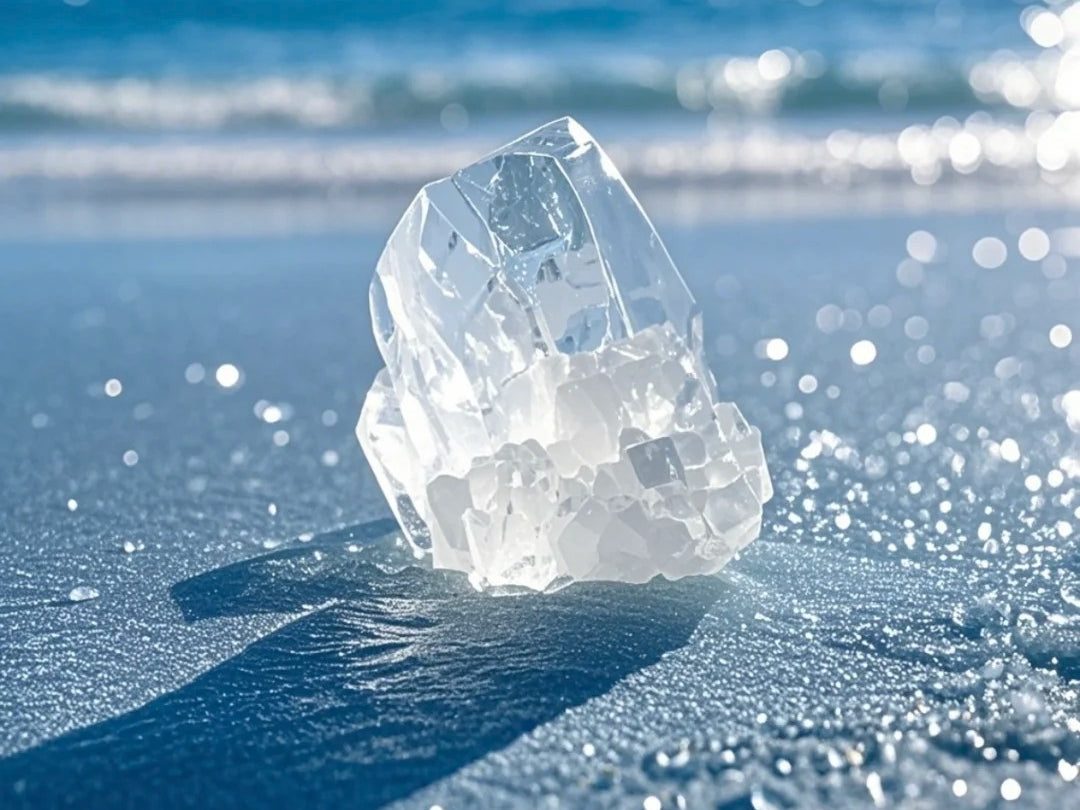In a world where mindfulness is the new luxury, jewelry has evolved beyond mere adornment. It’s now a bridge between inner purpose and outer expression—a way to wear your values, quite literally, on your sleeve (or wrist, or neck). Tibetan Buddhist traditions have long understood this, embedding symbols like the unyielding courage of Acala or the abundant blessings of Jambhala into sacred jewelry. Let’s decode how to choose pieces that resonate with your spiritual goals, whether you’re seeking calm, clarity, or a little cosmic backup.
1. Protection: Armor for the Soul
Symbols to Look For:
-
Acala (The Immovable One): Often depicted with a sword and rope, this wrathful deity wards off negativity and inner distractions.
-
Dzi Beads: Ancient agate stones etched with “eyes” to deflect the evil eye.
How to Wear It:
Opt for bold, grounding materials like oxidized silver or black onyx. A chunky Acala pendant or beaded bracelet acts like spiritual chainmail—subtle but steadfast.
2. Abundance: Invite Flow, Not Clutter
Symbols to Look For:
-
Jambhala (Wealth Deity): This pot-bellied figure holds a mongoose spitting jewels, symbolizing generosity and material/spiritual wealth.
-
Lotus Motifs: Representing purity amid life’s “mud,” lotus charms remind us that abundance starts within.
How to Wear It:
Gold-accented pieces or citrine beads channel prosperity energy. Layer a lotus ring with a Jambhala charm necklace for a daily nudge to embrace opportunities.
3. Clarity: Cut Through the Noise
Symbols to Look For:
-
Manjushri’s Sword: The Bodhisattva of Wisdom’s flaming blade slices through confusion.
-
Clear Quartz: Known as the “master healer,” it amplifies intention and mental focus.
How to Wear It:
Delicate, minimalist designs work best. A slender bracelet with a tiny sword charm or quartz beads keeps your mind sharp during meetings or meditation.
4. Compassion: Wear Your Heart on Your Sleeve
Symbols to Look For:
-
Avalokiteshvara (Chenrezig): The thousand-armed Buddha of compassion, often depicted with a wish-fulfilling jewel.
-
Rose Quartz: The stone of unconditional love, paired with mantra engravings.
How to Wear It:
Go for fluid, organic shapes. A rose quartz mala or pendant with a compassion mantra (like Om Mani Padme Hum) softens edges—yours and others’.
5. Healing: From Mind to Molecules
Symbols to Look For:
-
Medicine Buddha: His blue hue and herbal jar symbolize physical and emotional healing.
-
Turquoise: Believed to absorb negative energy and strengthen the immune system.
How to Wear It:
Cool-toned jewelry soothes. A turquoise-studded ring or Medicine Buddha pendant as a reminder to prioritize self-care.
The Art of Layering Intentions
Life’s messy, and so are our needs. The beauty of symbolic jewelry? You can stack it. Try:
-
Acala’s Sword + Jambhala’s Wealth: For entrepreneurs juggling hustle and burnout.
-
Manjushri’s Wisdom + Rose Quartz: For caregivers balancing logic and empathy.
Just remember: More isn’t always merrier. Let one piece anchor your primary goal, and build around it.
Why Materials Matter
In Tibetan traditions, the “vibe” of a material is as crucial as its look:
-
Silver: Purifying and introspective.
-
Copper: Conducts energy, ideal for manifesting.
-
Sandalwood: Calms the mind through scent (even when not burned).
Pair metals and stones intentionally—e.g., a silver and crystal bracelet with citrine for career goals.
The Bigger Picture: Beyond Trends
Fast fashion thrives on disposability, but spiritual jewelry asks us to slow down. When choosing a piece, ask:
-
Does it resonate or just dazzle? A genuine connection > Instagram likes.
-
Who made it? Ethical brands often share artisan stories—seek them.
-
Will it age with me? Symbols like the endless knot (eternal harmony) grow richer with time.
Your Turn: What’s Your Intention?
Whether you’re drawn to the ferocity of Acala or the gentle flow of rose quartz, let your jewelry be a conversation between your inner world and outer journey. After all, the best accessories aren’t just seen—they’re felt.





